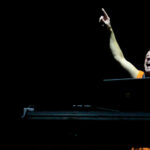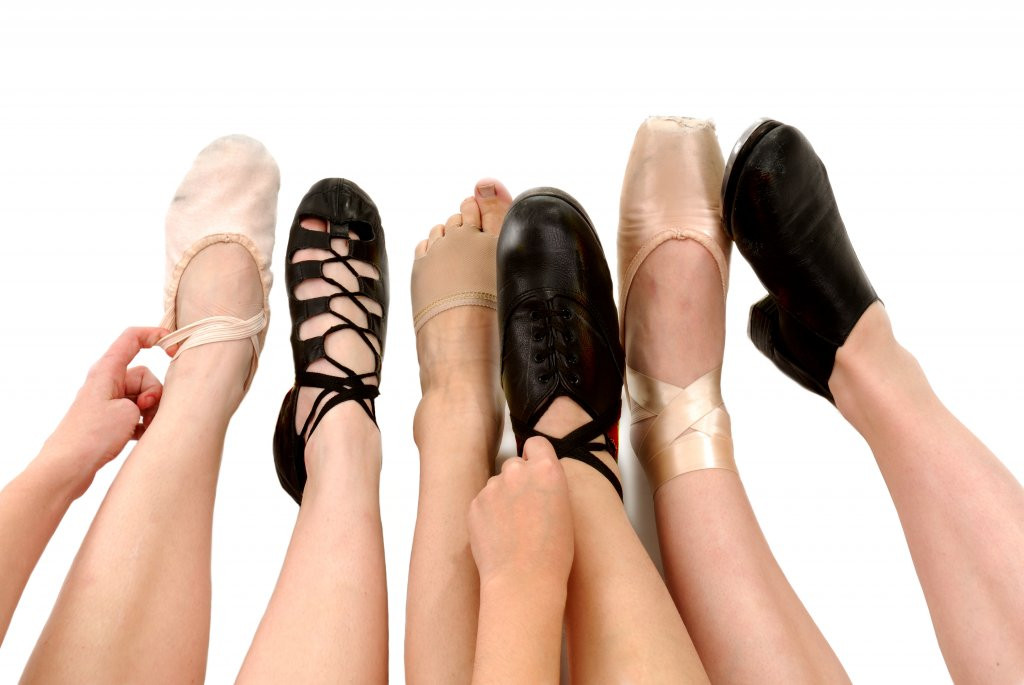 10 most popular types of dance
10 most popular types of dance
Dance, a universal language expressed through rhythmic movement, has been an integral part of human culture for millennia. Evidence suggests that our ancestors were dancing as far back as 30,000 years ago, embedding it deeply within the fabric of societies and civilizations. Over vast stretches of time, these primal movements have branched out, adapted, and fused, giving rise to the rich tapestry of Dance Genres we recognize and enjoy today.
From the structured elegance of ballet to the raw energy of hip-hop, the world of dance offers a spectrum of styles, each with its own unique history, techniques, and cultural significance. This exploration delves into some of the most popular and influential dance genres, offering a glimpse into their defining characteristics and evolution. Whether you’re a seasoned dancer, a curious beginner, or simply an admirer of human expression, understanding the diverse world of dance genres can deepen your appreciation for this art form.
Here’s a look at some of the top dance genres that have captivated audiences and participants around the globe:
- Ballet
- Ballroom
- Contemporary
- Hip Hop
- Jazz
- Tap Dance
- Folk Dance
- Irish Dance
- Modern Dance
- Swing Dance
A Deep Dive into Popular Dance Genres
Ballet: The Epitome of Classical Grace
Ballet, a dance genre synonymous with grace and precision, traces its origins back to the Italian Renaissance courts of the 15th century. It blossomed further in France and Russia, evolving into a formalized concert dance intended for public spectacle. Ballet performances, often set to classical music, tell stories through meticulously choreographed movements, embodying both artistic expression and technical mastery.
Ballet productions are renowned for their visual storytelling, ranging from opulent displays with elaborate costumes and stage designs to minimalist interpretations focusing on pure movement and form. Over centuries, ballet has diversified into numerous subgenres, including classical ballet, romantic ballet, neoclassical ballet, and contemporary ballet, each reflecting different eras and artistic philosophies.
The rigorous training in ballet emphasizes technique, posture, and fluid movement. Six primary recognized methods – Cecchetti, Bournonville, Vaganova, French School, Royal Academy of Dance, and Balanchine – are taught in prestigious dance schools worldwide, shaping generations of professional ballet dancers.
For ballet dancers, the dance floor is a crucial element. Harlequin Floors has engineered specialized ballet dance floors designed to provide the perfect balance of traction and slip resistance. This ensures dancers can execute intricate steps safely while maintaining the fluidity essential to ballet. Harlequin Cascade is a favored choice, often paired with sprung floors to further enhance performance and reduce injury risk. Complementing their flooring solutions, Harlequin Floors also offers professional ballet barres, available in wall-mounted, floor-mounted, and freestanding variations.
 scottish ballet | Professional Sprung & Vinyl Dance Floors | Harlequin Floors
scottish ballet | Professional Sprung & Vinyl Dance Floors | Harlequin Floors
Scottish Ballet dancers perform on Harlequin Cascade flooring, showcasing the elegance and demanding movements of ballet.
Ballroom: Partnered Elegance and Social Grace
Ballroom dance, a sophisticated genre of partnered dance, emerged from France in the late sixteenth century. While often used as a general term for social partner dancing, ballroom has evolved into two primary categories: Standard/Smooth and Latin/Rhythm. The Standard or Smooth category encompasses dances like the Waltz, Tango, and Foxtrot, characterized by flowing movements and close partner contact. The Latin or Rhythm category includes vibrant dances such as the Pasodoble, Bolero, and Samba, known for their energetic rhythms and passionate expressions.
Ballroom dance has gained immense popularity as a competitive dance form, known as dancesport, with competitions held worldwide. The diverse range of ballroom styles demands a versatile dance floor. Harlequin Fiesta and Harlequin Liberty Ballroom are specifically designed to accommodate the varied needs of ballroom dancers, providing a surface that supports both smooth gliding and quick, precise steps.
Harlequin Liberty Ballroom is a testament to its quality, having been featured on the BBC’s ‘Strictly Come Dancing’ and endorsed by professional World Ballroom Dance Champion, Christopher Hawkins.
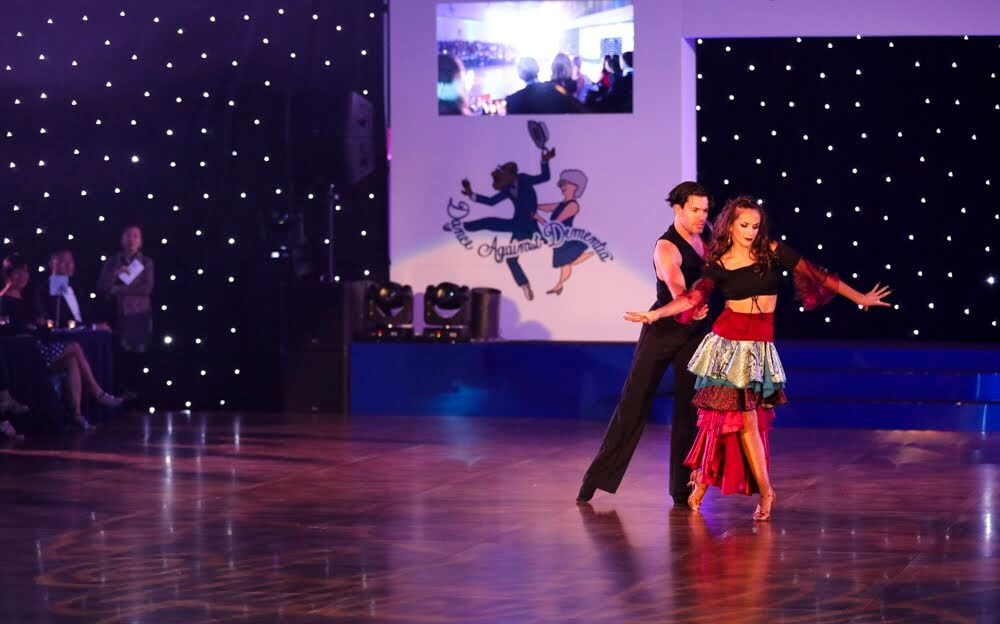 RHH Dance Against Dementia MattChungPhoto lo res 40 | Professional Sprung & Vinyl Dance Floors | Harlequin Floors
RHH Dance Against Dementia MattChungPhoto lo res 40 | Professional Sprung & Vinyl Dance Floors | Harlequin Floors
Dancers at “Dance Against Dementia | Night of 100 Stars” event perform on Harlequin Liberty Ballroom floor, highlighting its suitability for diverse ballroom styles.
Contemporary: Expressive Freedom and Innovation
Emerging in the mid-20th century, contemporary dance has rapidly become a prominent and technically demanding dance genre, particularly popular in the US and Europe. It draws inspiration from classical ballet, modern, and jazz dance techniques, but distinguishes itself by its emphasis on expressiveness and innovation. Contemporary dance embraces a wider range of movements and styles, often incorporating elements from various dance forms to create unique and dynamic performances.
Contemporary dance is recognized for its focus on strong torso and legwork, incorporating techniques like contract and release, fall and recovery, and floor work. Performances often feature unpredictable shifts in tempo and rhythm, adding to the genre’s dynamic and emotionally charged nature.
Given the demanding physical nature of contemporary dance, a shock-absorbing floor is essential to protect dancers from injury. Harlequin’s ‘triple sandwich’ Harlequin Activity sprung floor system, when combined with various vinyl dance floors, offers an ideal surface for contemporary dancers, providing both support and responsiveness.
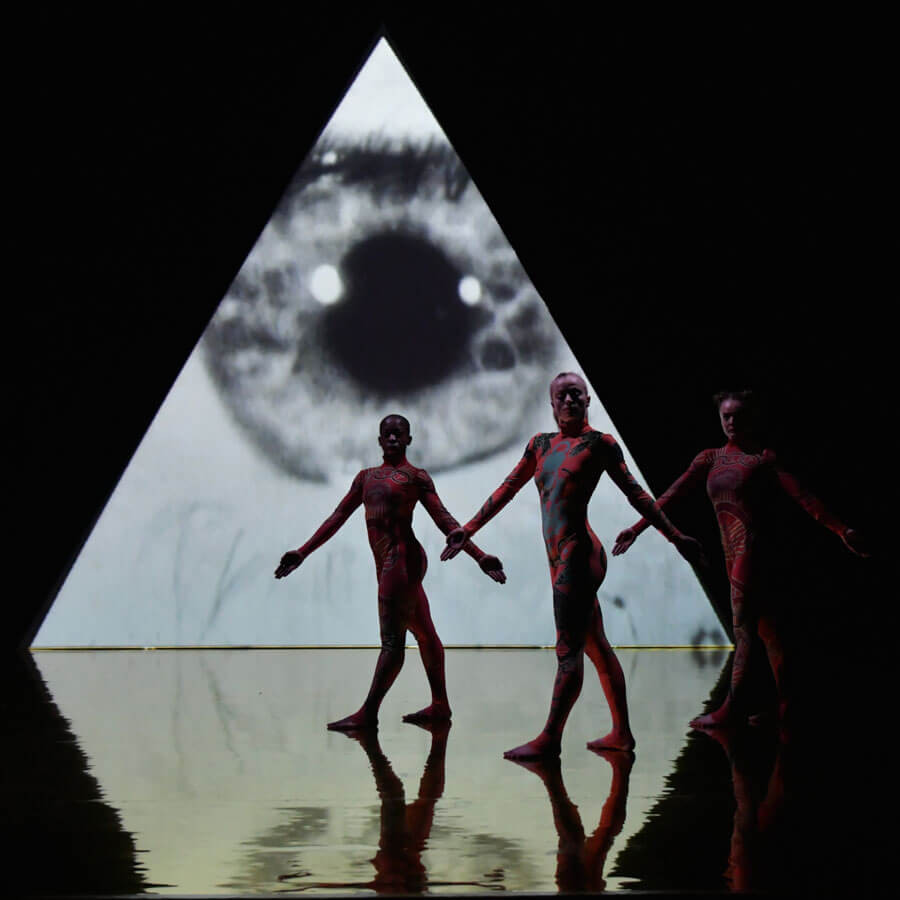 Gold Hi Shine MK ULTRA3 credit Brian Slater | Professional Sprung & Vinyl Dance Floors | Harlequin Floors
Gold Hi Shine MK ULTRA3 credit Brian Slater | Professional Sprung & Vinyl Dance Floors | Harlequin Floors
Contemporary dancer Rosie Kay performs on Harlequin Hi-Shine floor, demonstrating the genre’s fluidity and dynamic movement.
Hip Hop: Street Culture and Rhythmic Beats
Hip-hop dance encompasses a broad spectrum of street dance styles that developed alongside hip-hop music and culture. Originating in the early 1970s in New York and California, hip-hop dance evolved from funk influences and the emergence of breakbeats in music. Key styles within hip-hop include Breaking (breakdancing), Locking, and Popping, each with distinct movements and techniques. Derivative styles like Memphis Jookin’, Turfing, Jerkin’, and Krumping have also emerged, often gaining mainstream popularity through music videos and media.
Hip-hop dance is performed in diverse settings, from outdoor public spaces and dance studios to competitive arenas. Unlike many competitive dance styles, improvisation is a core element of hip-hop, with dance crews frequently engaging in energetic dance battles, showcasing their creativity and skills.
For hip-hop dancers, Harlequin Freestyle is a specialized dance floor engineered to meet the unique demands of hip-hop and other street dance styles. It provides the right level of grip and allows for dynamic movements and footwork characteristic of the genre.
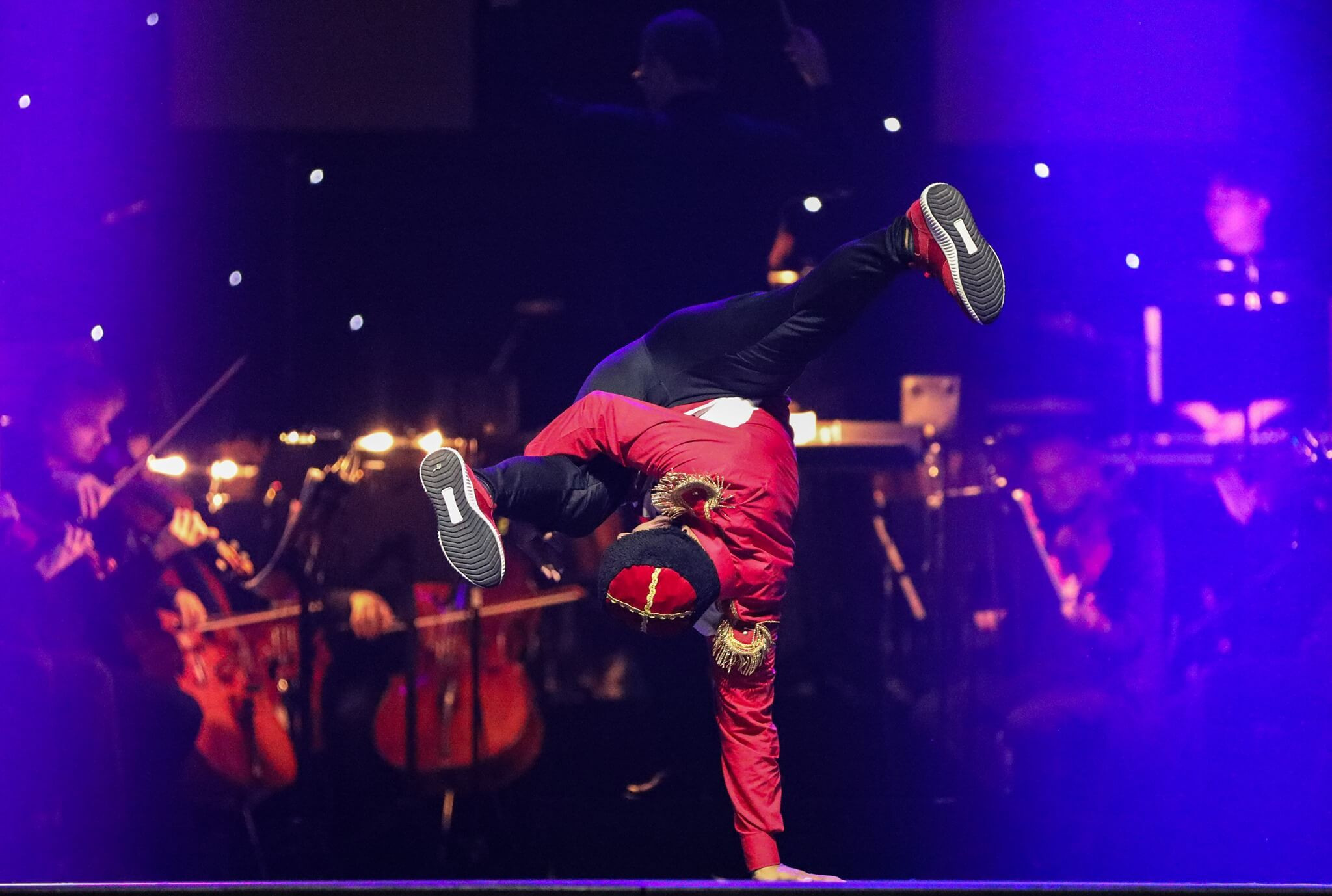 20 Jahre 3. | Professional Sprung & Vinyl Dance Floors | Harlequin Floors
20 Jahre 3. | Professional Sprung & Vinyl Dance Floors | Harlequin Floors
Hip hop dance group Da Rookies on Harlequin FreeStyle floor, showcasing the energetic and dynamic nature of hip hop dance.
Jazz: Syncopation, Improvisation, and African Roots
Jazz dance has deep roots in 17th-century African traditions, brought to the Americas through the transatlantic slave trade. Enslaved Africans continued their dance traditions in Brazil, the US, and other parts of the Americas, laying the foundation for jazz dance. Characterized by improvisation, syncopated rhythms, and dramatic body movements, jazz dance gained prominence in early 20th-century jazz clubs.
Modern jazz dance builds upon African American vernacular dance styles that evolved alongside jazz music in the United States. Popular jazz dance forms include Swing, Lindy Hop, Shimmy, and Charleston, each reflecting the vibrant energy and improvisational spirit of jazz music.
For jazz dancers, the floor surface plays a significant role in performance. Harlequin Floors offers a range of vinyl floors, including Harlequin Studio and Harlequin Allegro, which provide ideal surfaces for both practice and performance, accommodating the dynamic movements and varied styles of jazz dance.
 jumping dancers scaled | Professional Sprung & Vinyl Dance Floors | Harlequin Floors
jumping dancers scaled | Professional Sprung & Vinyl Dance Floors | Harlequin Floors
Jazz dancers in motion, highlighting the energetic and expressive qualities of the jazz dance genre.
Tap Dance: Rhythmic Footwork and Percussive Sounds
Tap dance is a percussive dance form distinguished by the rhythmic sounds created by the dancer’s shoes striking the floor. Tap dancers often wear shoes fitted with metal “taps” on the heels and toes to amplify the percussive sounds, turning their feet into musical instruments. Frequently featured in musical theatre productions, tap dance often involves intricate choreography and formations, with multiple tap dancers performing in unison.
Tap dance encompasses various styles, including flamenco-influenced tap, rhythm tap, classical tap, Broadway tap, and postmodern tap, each with its own nuances in rhythm and technique. A key element of tap dance is achieving a clear, crisp, and resonant sound. This requires a specialized floor that enhances the percussive quality of the taps. Harlequin Fiesta is an excellent flooring choice for tap dance studios and performance spaces. When layered over a sprung floor system like Harlequin Liberty, it provides both optimal sound quality and joint protection for dancers, allowing them to perform with confidence and precision.
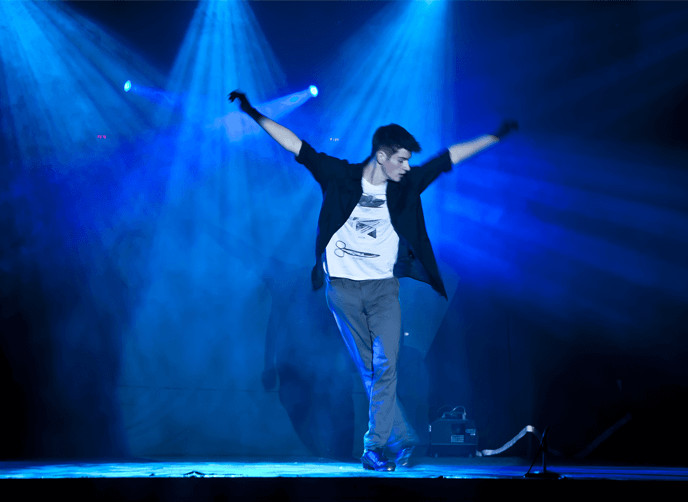 tap attack | Professional Sprung & Vinyl Dance Floors | Harlequin Floors
tap attack | Professional Sprung & Vinyl Dance Floors | Harlequin Floors
Tap Attack performers on Harlequin Cascade floor, demonstrating the rhythmic complexity and percussive sounds of tap dance.
Folk Dance: Cultural Traditions and Community Celebration
Folk dance, a vibrant and diverse category, is celebrated globally across cultures and religions. Different forms of folk dance are used to express emotions, narrate stories, commemorate historical events, and depict aspects of daily life. Examples of well-known folk dance types include Bharatanatyam from India, Samba from Brazil, and Hula from Hawaii. Many cultures boast multiple variations of folk dances, with countries like South Korea having unique dances for significant occasions such as war victories, farming rituals, musical performances, and religious ceremonies.
Folk dances are typically performed at public gatherings and events, welcoming participation from people of all skill levels, from professionals to complete beginners. These dances are often accompanied by traditional music, enhancing the cultural experience and fostering a sense of community.
For folk dance events held in various public venues, Harlequin Floors offers portable performance floors and dance floor hire services. These solutions provide suitable dance surfaces for diverse locations, ensuring safety and performance quality for folk dance celebrations.
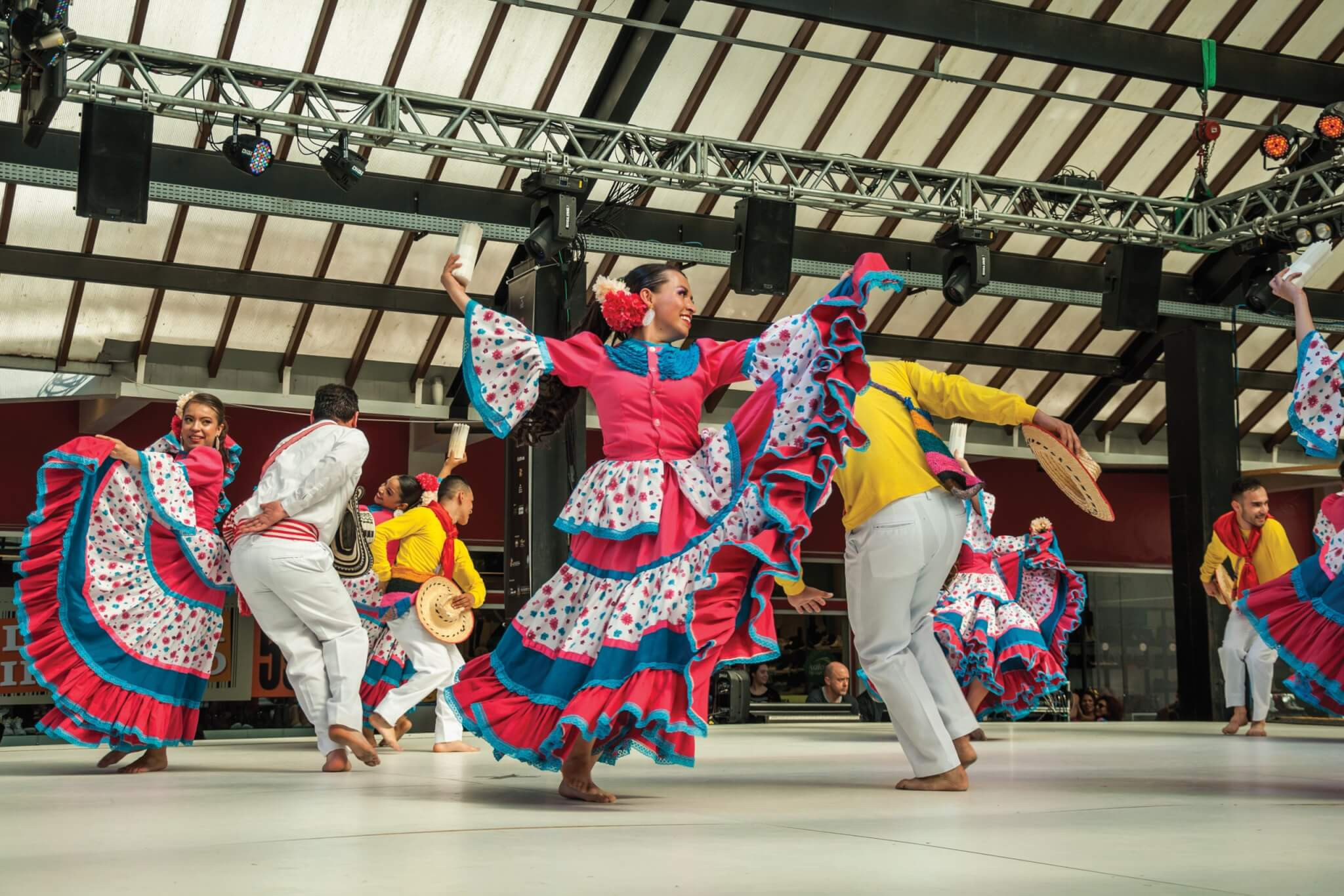 Folk dance image scaled | Professional Sprung & Vinyl Dance Floors | Harlequin Floors
Folk dance image scaled | Professional Sprung & Vinyl Dance Floors | Harlequin Floors
A group engaging in folk dance, illustrating the communal and celebratory nature of this dance genre.
Irish Dance: Energetic Footwork and Cultural Heritage
Originating from Ireland, Irish dance is a traditional dance form with centuries of history and popularity among Irish communities and enthusiasts worldwide. Popularized by shows like Riverdance, Irish dance is renowned for its dazzling displays of intricate footwork, precise leg movements, and captivating group formations. Traditional Irish dance events are often accompanied by live music and singing, creating a lively and festive atmosphere. Festivals and competitions are common, providing platforms for dancers to showcase their talent and compete for accolades.
While large group performances are a familiar aspect of Irish dance, solo forms like stepdance are also prominent and highly skilled. For studios and performance spaces dedicated to Irish dance, Irish dance floors are essential. Harlequin Floors offers specialized sprung dance floors that, when paired with a vinyl surface like Harlequin Standfast, create an excellent quality flooring system that supports the demanding footwork and movements of Irish dancers.
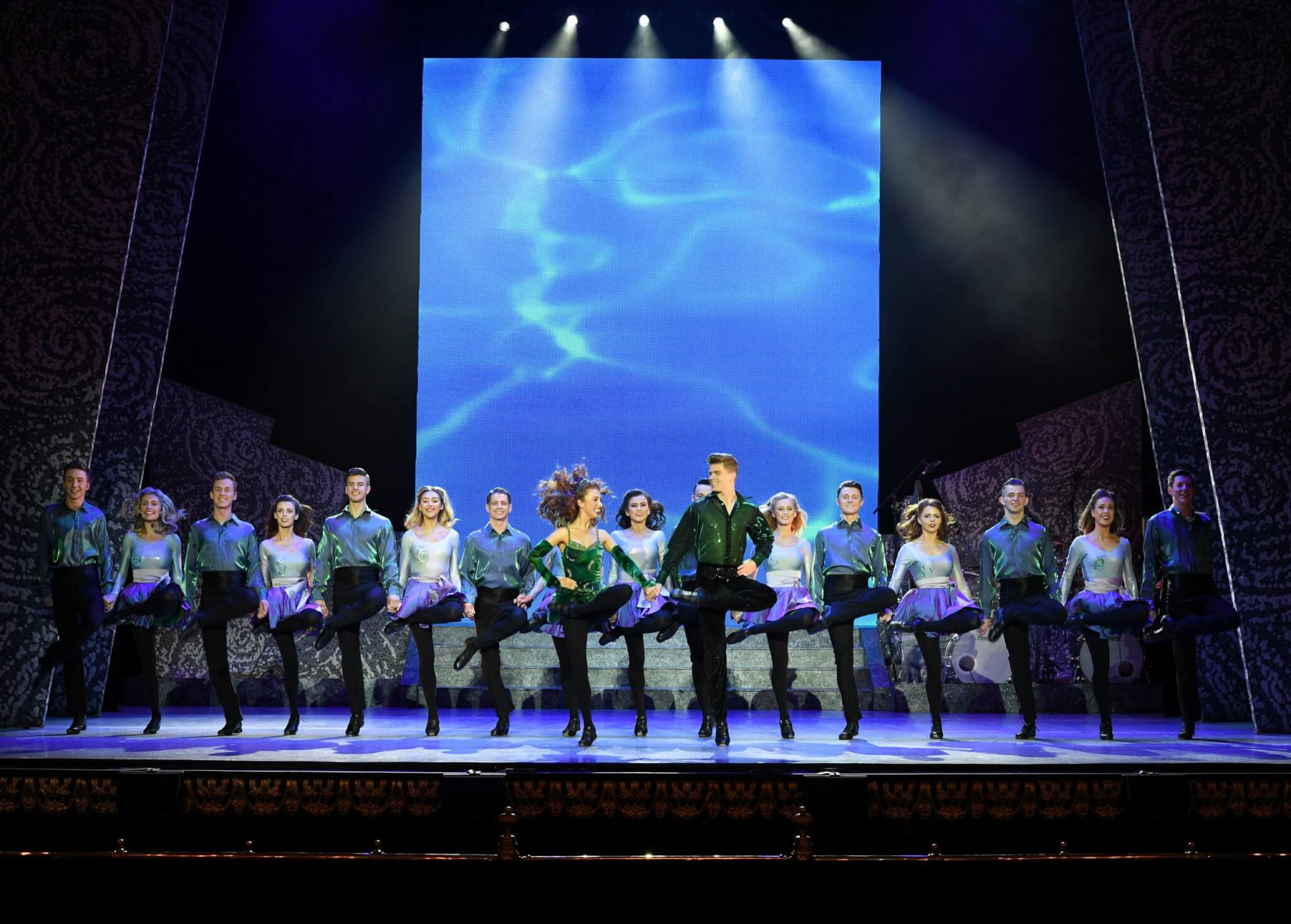 Riverdance Troup Killarney scaled | Professional Sprung & Vinyl Dance Floors | Harlequin Floors
Riverdance Troup Killarney scaled | Professional Sprung & Vinyl Dance Floors | Harlequin Floors
Riverdance troupe performing in Killarney on Harlequin Cascade floor, showcasing the dynamic footwork and formations characteristic of Irish dance.
Modern Dance: Breaking Boundaries and Expressing Individuality
Modern dance, considered a broad and evolving dance genre, primarily emerged in Western countries like the USA and Germany in the late 19th and early 20th centuries. It arose as a rebellion against the rigid structures and limitations of traditional dance forms like ballet. In contrast to the prescribed steps and techniques of ballet, modern dance emphasizes a dancer’s personal interpretation of music and emotions as the driving force behind movement.
Modern dance champions freedom of expression and individuality. Dancers are encouraged to explore unconventional movements, use gravity and momentum, and connect with their inner feelings to convey stories and emotions through dance. Today, modern dance is enjoyed globally, offering dancers a space to explore movement without the strictures of classical techniques.
To further enhance the creative possibilities of modern dance, Harlequin Floors offers printed vinyl performance floors, allowing for bespoke designs inspired by choreography or a selection from standard patterns. The versatility of modern dance means that dancers can feel comfortable and perform effectively on many of Harlequin’s vinyl dance floor options.
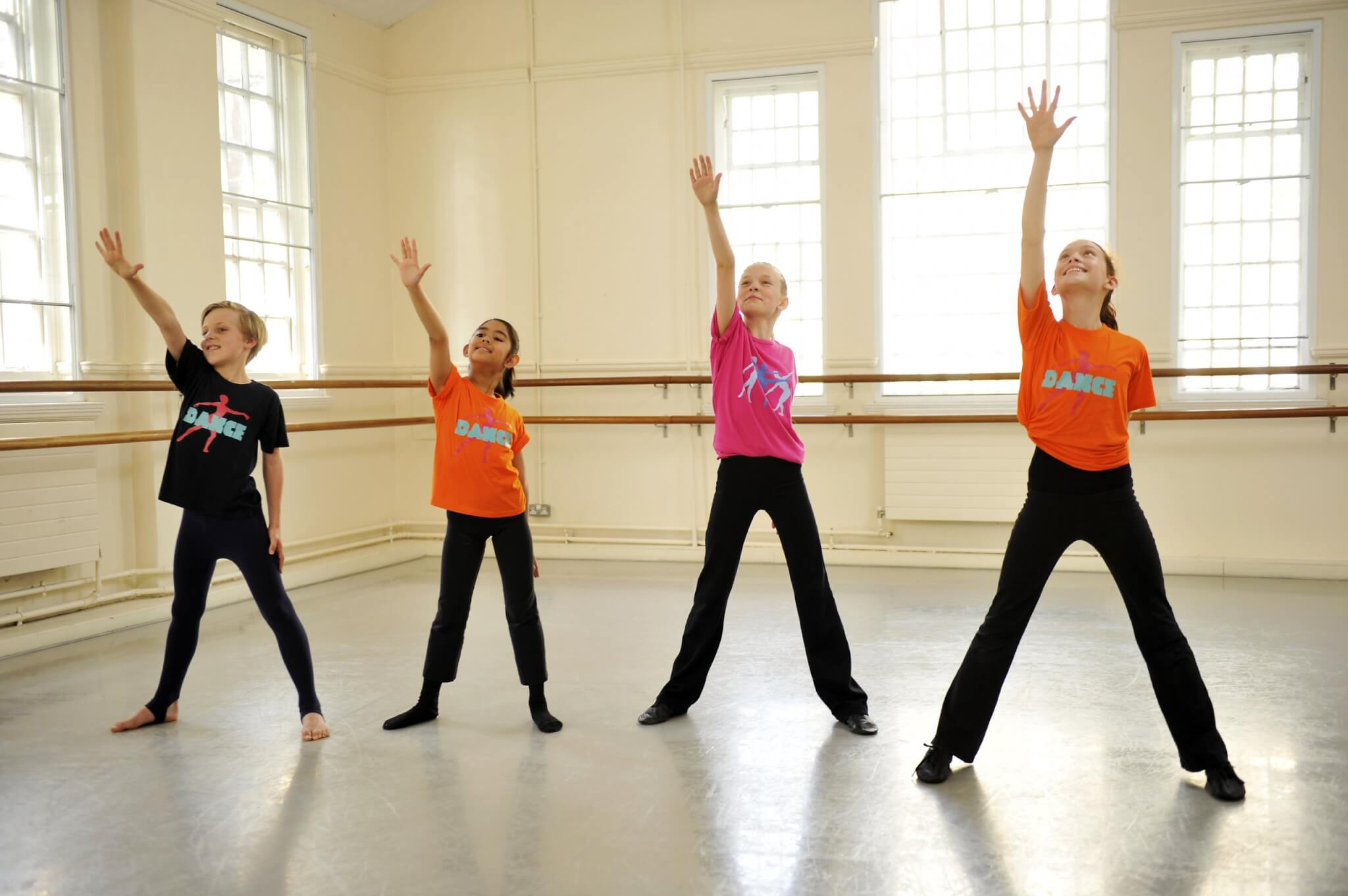 3. Courtesy of the Royal Academy of Dance. Photo David Tett 1 scaled | Professional Sprung & Vinyl Dance Floors | Harlequin Floors
3. Courtesy of the Royal Academy of Dance. Photo David Tett 1 scaled | Professional Sprung & Vinyl Dance Floors | Harlequin Floors
Royal Academy of Dance performance on Harlequin Cascade floor, demonstrating the expressive freedom and fluidity of modern dance.
Swing Dance: Jazz Rhythms and Energetic Partnering
Swing dance, a lively and social dance genre, evolved from jazz dance during the 1920s to 1940s in response to the growing popularity of swing jazz music in America. The evolution of music in the Jazz Era spurred changes in dance, with swing music encouraging faster tempos and more vigorous movements. Popular forms of swing dance include Lindy Charleston, Jitterbug, Lindy Hop, and Balboa, many of which are still enjoyed today. Swing dancing was typically accompanied by Big Band musicians playing upbeat, smooth, and easily danceable melodies.
Swing dance is characterized by its energetic partnered movements, improvisational elements, and joyful spirit. For swing dancers, Harlequin Floors offers a range of vinyl dance floors suitable for their dynamic style. Similar to jazz dancers, swing dancers can achieve excellent performances on vinyl floors like Harlequin Reversible Pro, which provides a high-performance, slip-resistant surface to ensure safety and allow for fluid movements.
Swing Dance
From home dance practice equipment to portable ballet barres, Harlequin Floors provides a comprehensive range of professional products for dancers at home or in the studio, regardless of their chosen dance genre. Their expert technical teams also offer a professional dance floor installation service to ensure Harlequin floors are correctly installed and meet all safety standards.
Contact us online for more information and expert advice on selecting the right dance floor for your specific needs.

